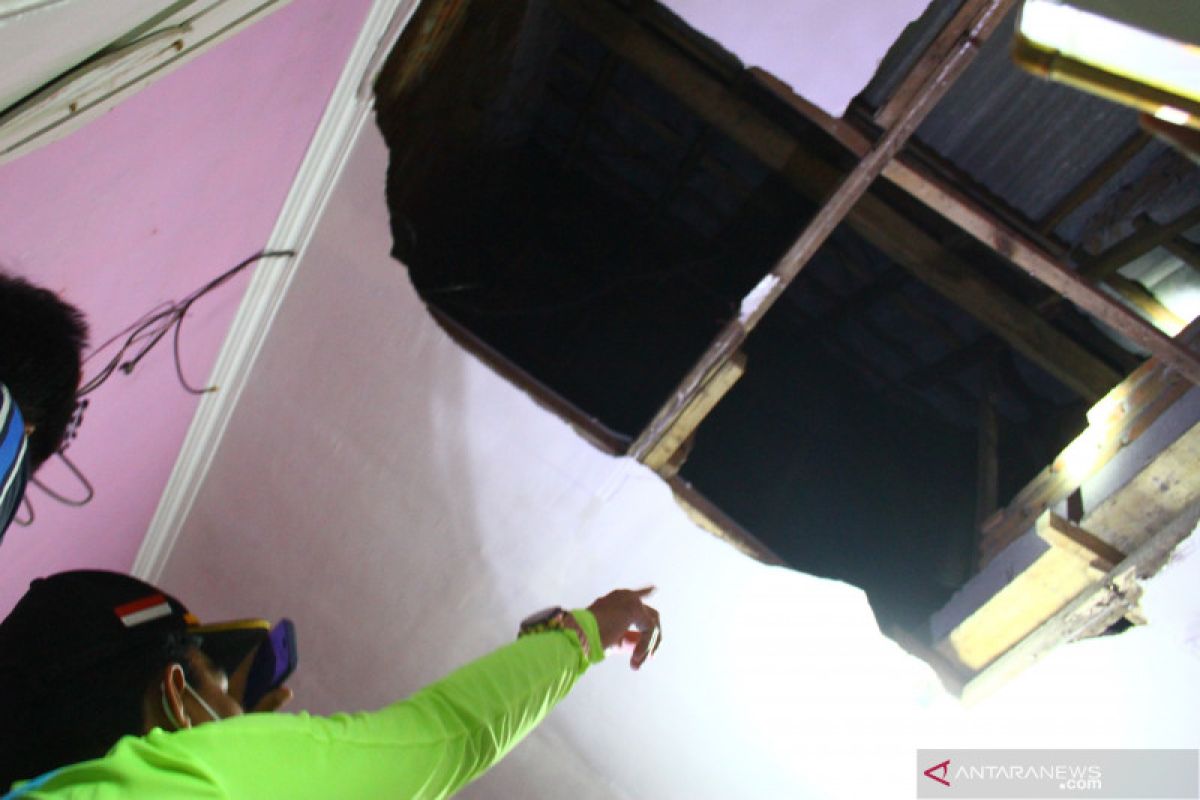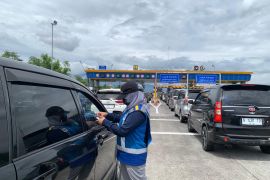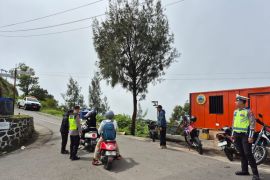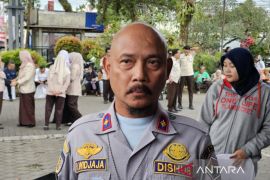"The residents whose houses get cracked or damaged must stay calm but remain vigilant," the agency's acting head for emergency and logistics affairs, Sadono, said here Sunday.
Sixty eight of the 287 affected houses suffer moderate damages while 15 others suffer heavy damages, he said.
The number of damaged houses remains subject to change because the Malang Disaster Mitigation Agency's (BPBD's) officials have yet to end their registration process.
The earthquake also caused several houses of worship and public facilities to get damaged, and a resident to sustain injuries, he added.
The agency recorded that the earthquake affected areas in 14 of 33 sub-districts in Malang, including the sub-districts of Ampelgading, Dampit, Donomulyo, Gondanglegi, Kalipare, Sumbermanjing Wetan, and Tirtoyudo.
Earthquakes regularly rock various parts of Indonesia since the country lies on the Circum-Pacific Belt, also known as the Ring of Fire, where several tectonic plates meet and cause frequent volcanic and seismic activities.
Indonesia's deadliest earthquake hit Banda Aceh and several other parts of Aceh Province on December 26, 2004.
The undersea megathrust earthquake that triggered a deadly giant tsunami destroyed several parts of the city in the northernmost tip of Sumatra Island, and reportedly killed some 170,000 residents.
The latest deadly earthquake to have jolted Indonesia was in West Sulawesi Province on January 15, 2021.
The 6.2-magnitude earthquake, ensued by several aftershocks, jolted the districts of Mamuju and Majene, claiming more than 100 lives and destroyed several buildings.
Sulawesi Island has repeatedly borne witness to deadly earthquakes. On September 28, 2018, for instance, a 7.4-magnitude earthquake hit several parts of Central Sulawesi Province.
The strong earthquake that was followed by a tsunami and soil liquefaction in Palu, the capital of Central Sulawesi Province, claimed 2,102 lives, injured 4,612, and rendered 680 others missing.
A total of 68,451 homes incurred serious damage, while 78,994 people were displaced.
The authorities and humanitarian workers decided to bury the large number of rotting corpses in mass graves.










